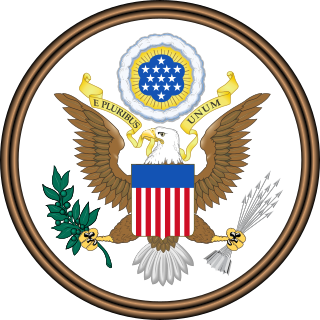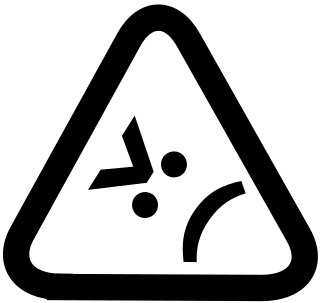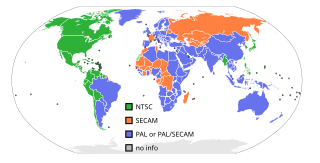 W
WAudible Magic Corporation is a Los Gatos, California-based company that provides content identification services to social networks, record labels, music publishers, television studios, and movie studios. The company also provides digital platform music management services for Internet radio, subscription music services, on-demand streaming, and fitness and gaming applications. The services help companies identify and protect copyrighted content, manage rights and monetize media.
 W
WThe Audio Home Recording Act of 1992 (AHRA) amended the United States copyright law by adding Chapter 10, "Digital Audio Recording Devices and Media". The act enabled the release of recordable digital formats such as Sony and Philips' Digital Audio Tape without fear of contributory infringement lawsuits.
 W
WCEG TEK International was a Los Angeles-based copyright monetization firm. The company also conducted and released studies about unauthorized distribution of motion pictures, music, and other forms of digital media.
 W
WConax develops television encryption, conditional access and content security for digital television. Conax provide CAS technology to pay TV operators in 85 countries. The company has offices in Norway (headquarters), Russia, Germany, Brazil, the United States, Canada, Mexico, Indonesia, Philippines, Thailand, China, Singapore, and India, with a 24/7 Global Support Center in India.
 W
WControlled digital lending (CDL) is a model by which libraries digitize materials in their collection and make them available for lending. It is based on interpretations of the United States copyright principles of fair use and copyright exhaustion.
 W
WDefective by Design (DBD) is an anti-DRM initiative by the Free Software Foundation. Digital rights management (DRM) technology restricts users' ability to freely use their purchased movies, music, literature, software, and hardware in ways they are accustomed to with ordinary non-restricted media. As a result, DRM has been described as "digital restrictions management" or "digital restrictions mechanisms" by opponents.
 W
WA software protection dongle is an electronic copy protection and content protection device. When connected to a computer or other electronics, they unlock software functionality or decode content. The hardware key is programmed with a product key or other cryptographic protection mechanism and functions via an electrical connector to an external bus of the computer or appliance.
 W
WDVD region codes are a digital rights management technique designed to allow rights holders to control the international distribution of a DVD release, including its content, release date, and price, all according to the appropriate region.
 W
WFrancis Fabien Michel Muguet (1955–2009) was a French chemist who advocated open access to information.
 W
WNTSC-C is a regional lockout created in 2003 by Sony Computer Entertainment for the official launch of its PlayStation 2 gaming system into the mainland Chinese market.
 W
WThe Open Rights Group (ORG) is a UK-based organisation that works to preserve digital rights and freedoms by campaigning on digital rights issues and by fostering a community of grassroots activists. It campaigns on numerous issues including mass surveillance, internet filtering and censorship, and intellectual property rights.
 W
WA scandal erupted in 2005 regarding Sony BMG's implementation of copy protection measures on about 22 million CDs. When inserted into a computer, the CDs installed one of two pieces of software that provided a form of digital rights management (DRM) by modifying the operating system to interfere with CD copying. Neither program could easily be uninstalled, and they created vulnerabilities that were exploited by unrelated malware. One of the programs would install and "phone home" with reports on the user's private listening habits - even if the user refused its end-user license agreement (EULA), while the other was not mentioned in the EULA at all. Both programs contained code from several pieces of copylefted free software in an apparent infringement of copyright, and configured the operating system to hide the software's existence, leading to both programs being classified as rootkits.